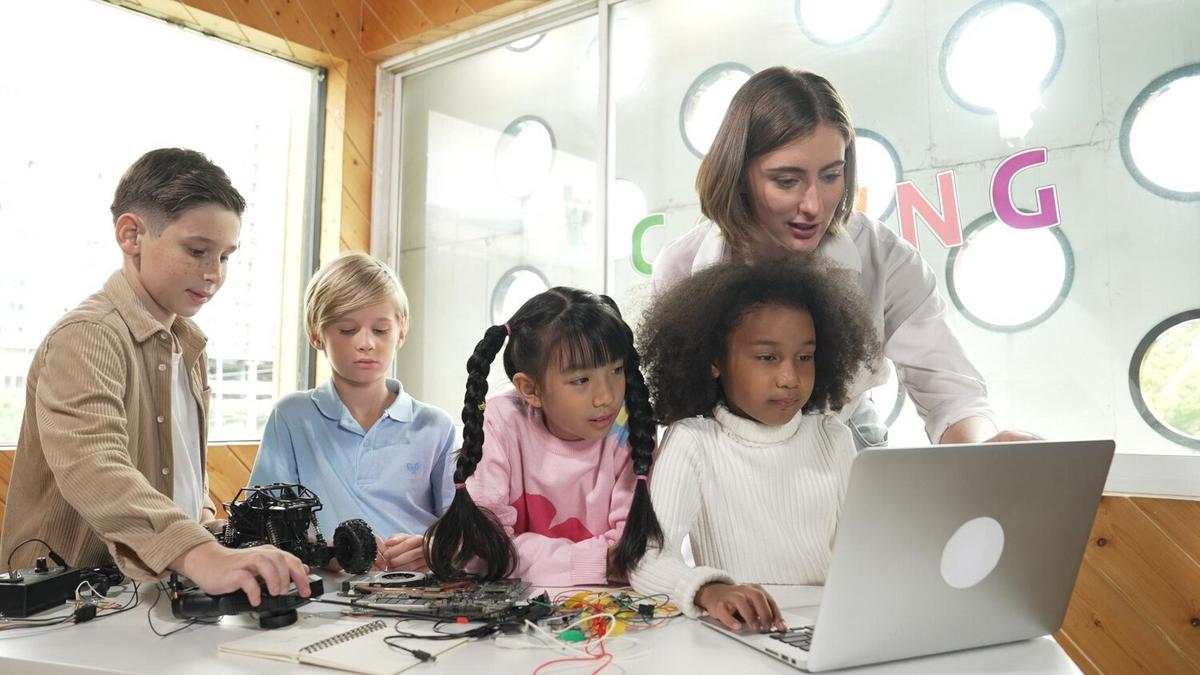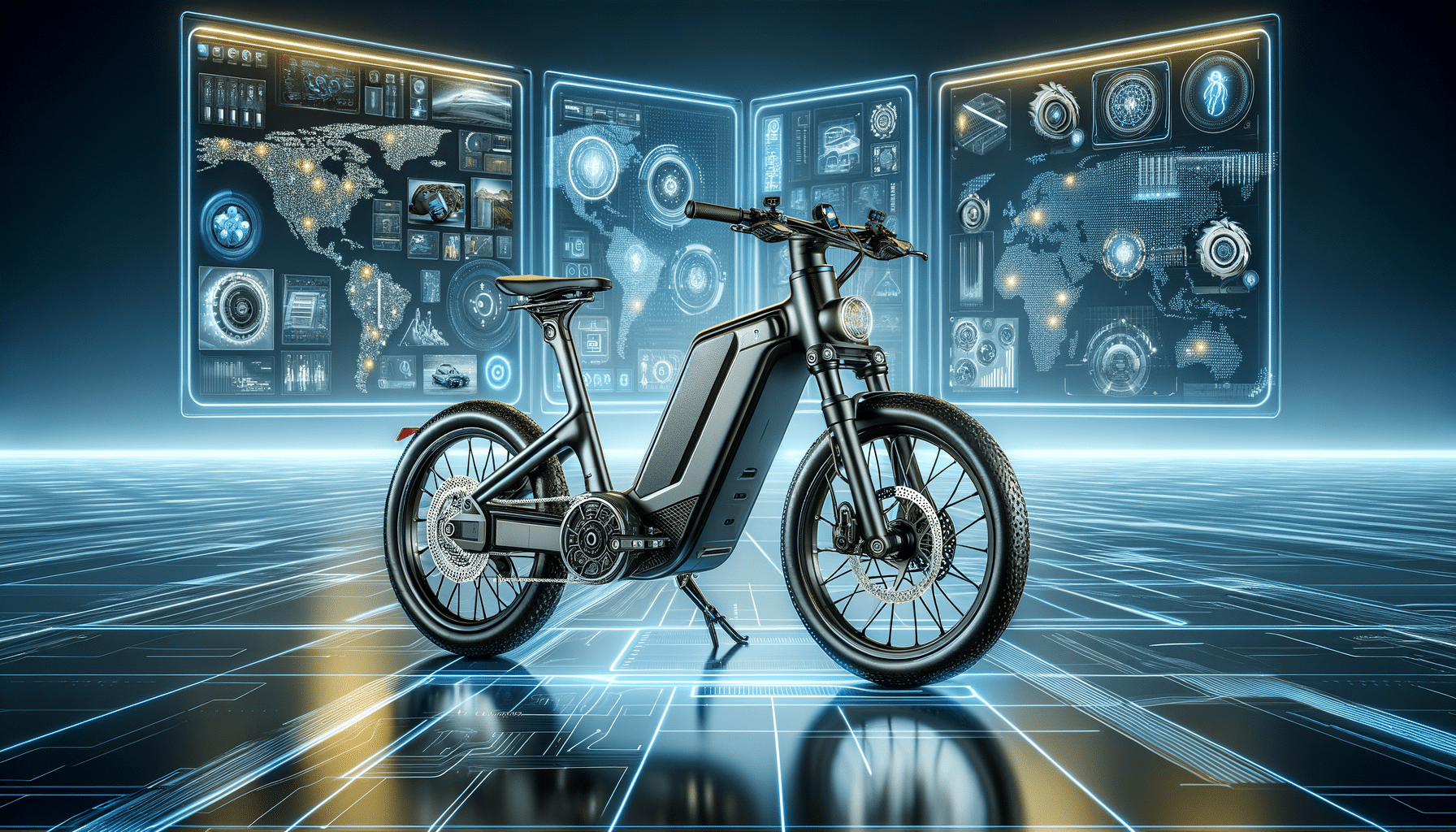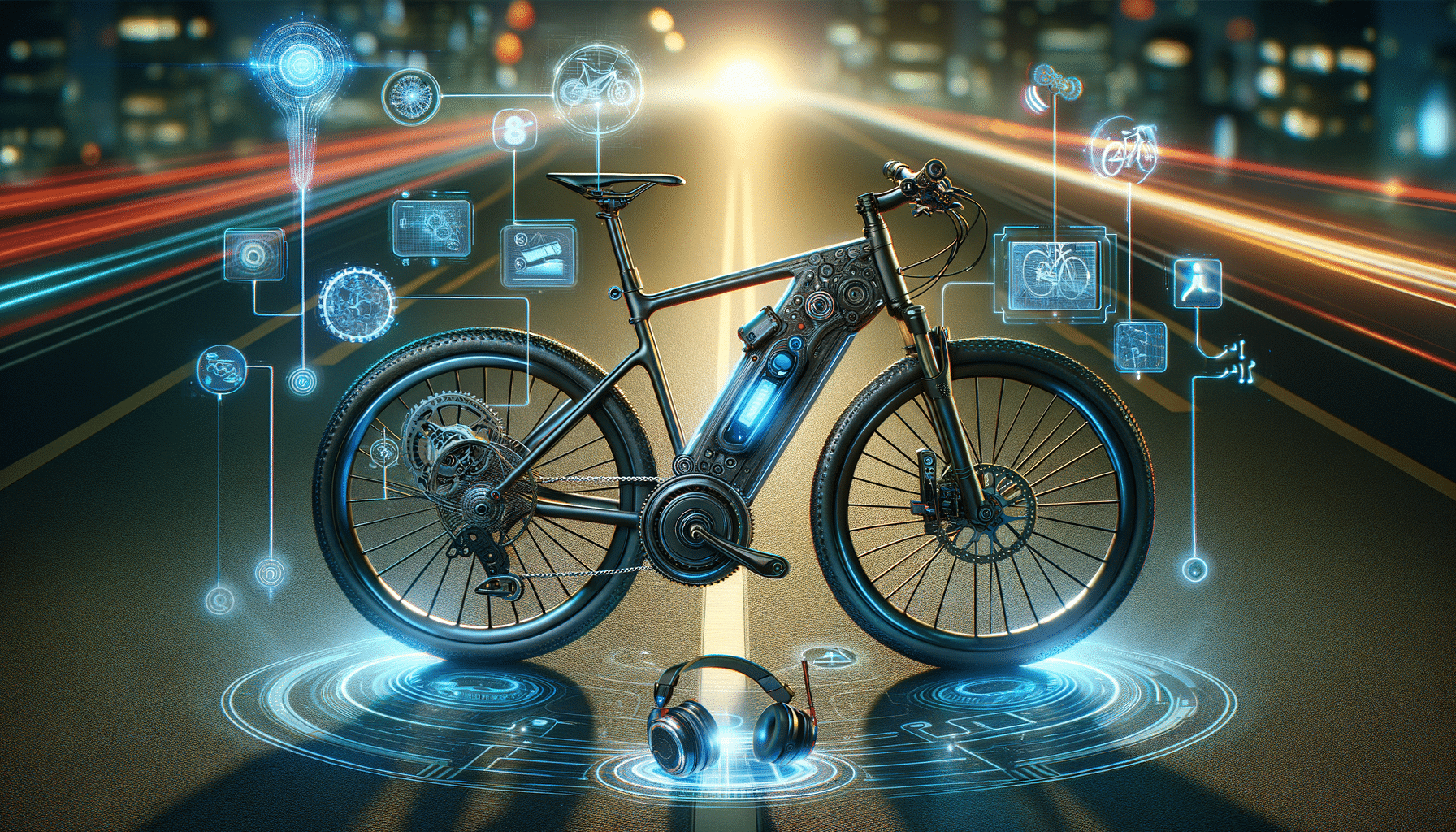
From Chalkboards to Smartboards: The Evolution of Classroom Technology
The transformation of classrooms from chalkboards to smartboards marks a significant shift in educational technology, reflecting the dynamic evolution of teaching tools over the decades.
The Journey from Chalkboards to Smartboards
Classroom technology has undergone a remarkable transformation over the years. From the humble beginnings of chalkboards, which were introduced in the 1800s, to the advanced smartboards of today, each evolution has contributed to enhancing the learning experience.
The Chalkboard Era
Chalkboards, once the centerpiece of classroom instruction, allowed teachers to visually present information to students. This simple yet effective tool facilitated interactive learning and collective problem-solving. According to a report by Education World, chalkboards remained a staple in classrooms until the late 20th century.
The Whiteboard Transition
In the 1990s, whiteboards began to replace chalkboards, offering a cleaner and more efficient alternative. They eliminated the dust of chalk and allowed for the use of colorful markers, making lessons more engaging. A study by the Edutopia foundation highlights how whiteboards were a significant step in classroom innovation, promoting a more dynamic interaction between students and teachers.
Smartboards: A Technological Leap
Smartboards have revolutionized the way educators deliver content. These interactive boards integrate with computers, enabling multimedia presentations and interactive lessons. A 2016 survey by Pew Research found that 73% of teachers reported increased student engagement when using smartboards.
| Feature | Chalkboards | Whiteboards | Smartboards |
|---|---|---|---|
| Interactivity | Low | Moderate | High |
| Ease of Use | Basic | Easy | Advanced |
| Maintenance | Dusty | Clean | High Tech |
| Engagement | Minimal | Improved | Exceptional |
| Cost | Low | Moderate | High |
| Color Variety | Limited | Varied | Extensive |
| Content Sharing | Nonexistent | Possible | Seamless |
| Environmental Impact | Chalk Dust | Marker Wastes | Eco-Friendly |
Expert Opinions and Research
Dr. Linda Darling-Hammond, an education expert, emphasizes the importance of integrating technology into classrooms to prepare students for a digital future. She notes that “technology in education should be seen not as a replacement for teachers, but as an enhancement to the learning process.”
Furthermore, the EdTech Magazine reports that classrooms equipped with smartboards show a 20% increase in standardized test scores due to the interactive and engaging nature of the technology.
Personal Anecdotes
Reflecting on my own experience as a teacher, I recall the excitement of transitioning from a chalkboard to a smartboard. The ability to integrate videos and interactive quizzes transformed the way I taught, making lessons more engaging and impactful for my students.
Actionable Tips for Educators
- Embrace technology by attending workshops and training sessions on smartboard usage.
- Incorporate multimedia resources to complement traditional teaching methods.
- Engage students with interactive lessons that utilize smartboard features.
Keep up-to-date with the latest EdTech trends by subscribing to reputable educational technology journals and online platforms.
Frequently Asked Questions
How have smartboards changed the learning environment?
Smartboards have made learning more interactive and engaging, allowing for multimedia presentations and real-time collaboration.
Are smartboards environmentally friendly?
Yes, smartboards reduce the need for paper and markers, offering an eco-friendly classroom solution.
Conclusion
The journey from chalkboards to smartboards exemplifies the rapid advancement in educational technology. By embracing these changes, educators can create a more interactive and engaging learning environment, ultimately enhancing student success. As technology continues to evolve, staying informed and adaptable will be key to harnessing its full potential in education.


